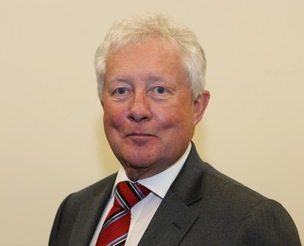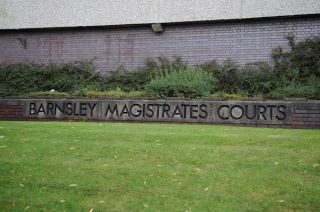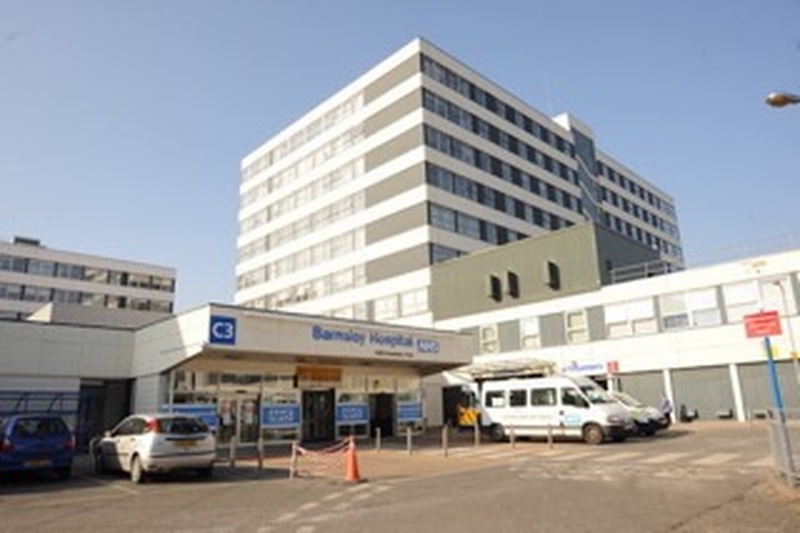SIGNIFICANT progress has been made to reduce A and E patients’ waits at Barnsley Hospital - after last month’s figures revealed turnaround times were the best since the pandemic struck.
The four-hour A and E standard - which had been set at 95 per cent - is one of the most high-profile indicators of performance and has dwindled in recent years, hitting a record low of 55 per cent in January.
Ministers outlined steps to improve performance at the turn of the year to address the rapid decline, re-setting its ‘unachievable’ 95 per cent target to 76 per cent to stabilise departments and offering financial incentives to best-performing trusts.
The Chronicle can reveal month-on-month improvements have been recorded at Barnsley Hospital, with January’s low followed by February’s 63 per cent and March’s 74 per cent, despite admissions rising.
Last month, 8,997 visits were logged, with 6,641 being seen within four hours, matching the national average of 74 per cent.
Although still below the revised target, leaders at the Gawber site believe they are on track to make continued progress as the months go by.
About 2.4 million people attended A and E departments across England last month the busiest month ever and nine per cent higher than the number of attendances in March 2023.
The overall number of attendances to A and E in Barnsley was a rise of eight per cent on the 8,365 visits recorded during February, and 11 per cent more than the 8,104 patients seen in March 2023.
NHS national medical director Professor Sir Stephen Powis said the latest performance data ‘demonstrates how the NHS is working flat-out to recover services’ despite the demand.
“Despite this significant pressure, and thanks to local staff delivering the improvements set out in the NHS urgent and emergency care recovery plan, there have been improvements in performance in A and E,” he said.
“There is further to go and our ambitious recovery work continues, but it is clear the NHS is treating more patients more quickly and we have announced new ambitions for this financial year to build on the improvements made so far.”
Performance data also shows that ambulance response times in March improved across all categories, with most serious call-outs receiving a response in an average of eight minutes 20 seconds, down from eight minutes 49 seconds a year ago despite higher demand.
However, the figures also show 22,231 patients were waiting for non-urgent elective operations or treatment at Barnsley Hospital at the end of February up slightly from 22,174 in January and 20,122 in February 2023.
A Barnsley Hospital spokesperson said: “It takes a whole hospital approach to improve waiting times in A and E.
“Teams throughout the trust, often working hand in hand with partner organisations in the community, have been focussing on processes within their specialism which have a direct impact on the flow of patients into, and out of, the hospital.
“We’re really pleased to see this has resulted in an improved performance against the national four-hour standard and we are hugely grateful to the people who have worked hard to make this change possible.”



























